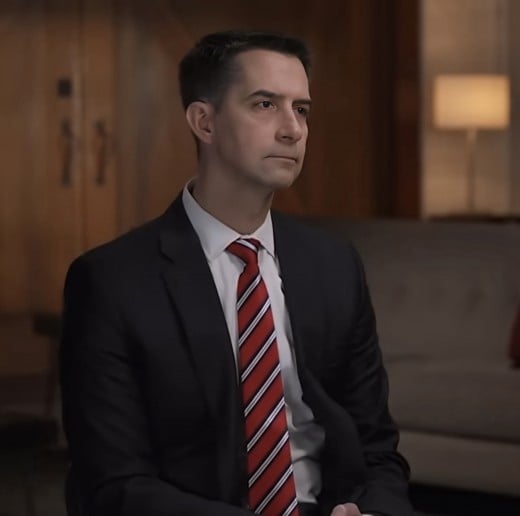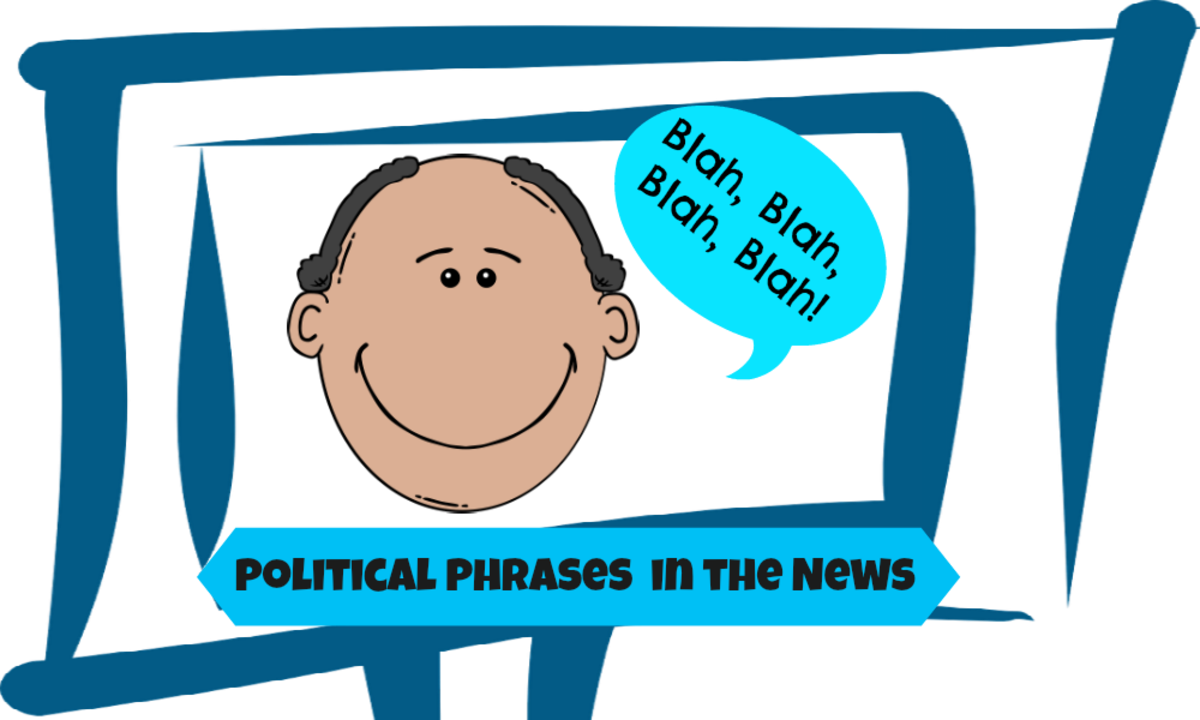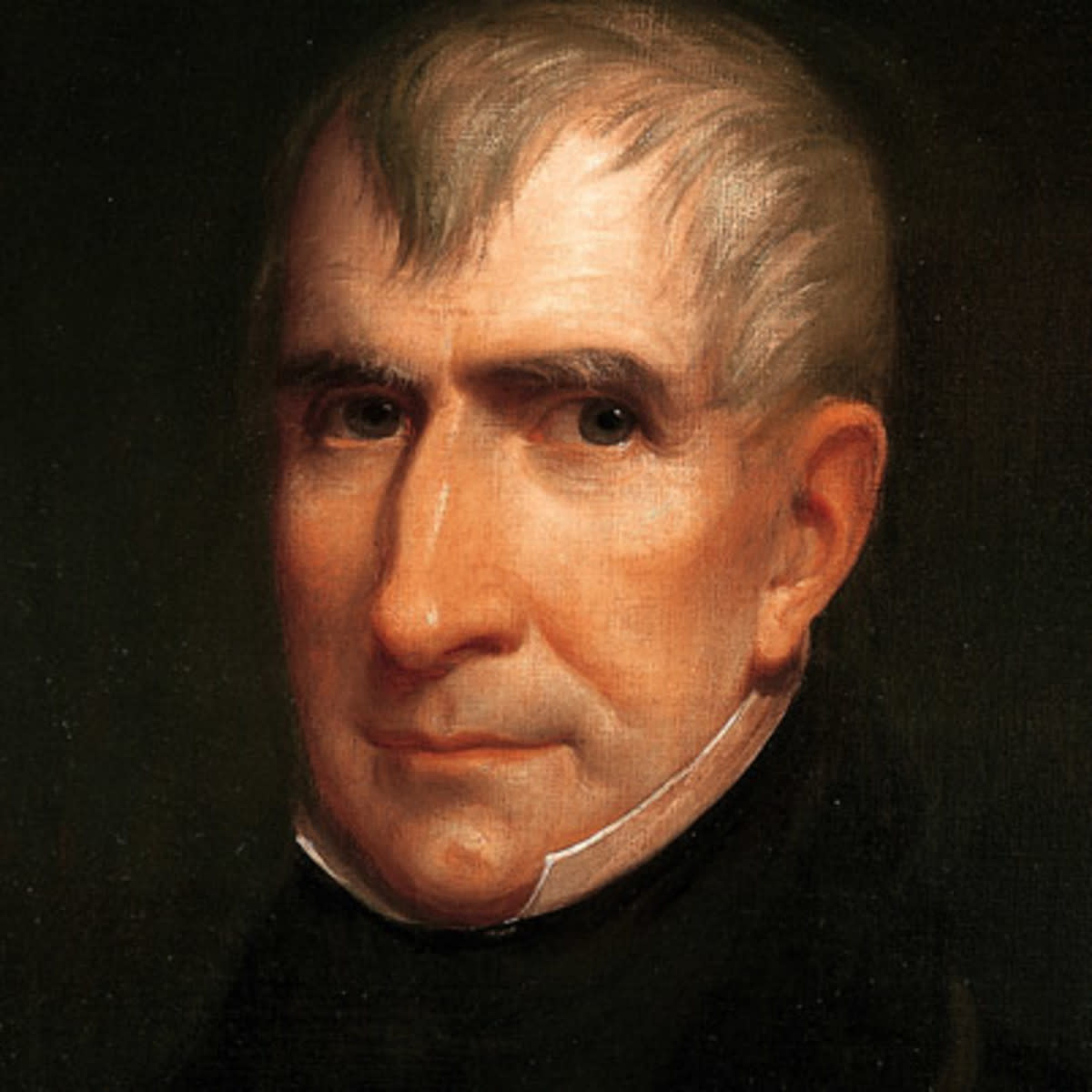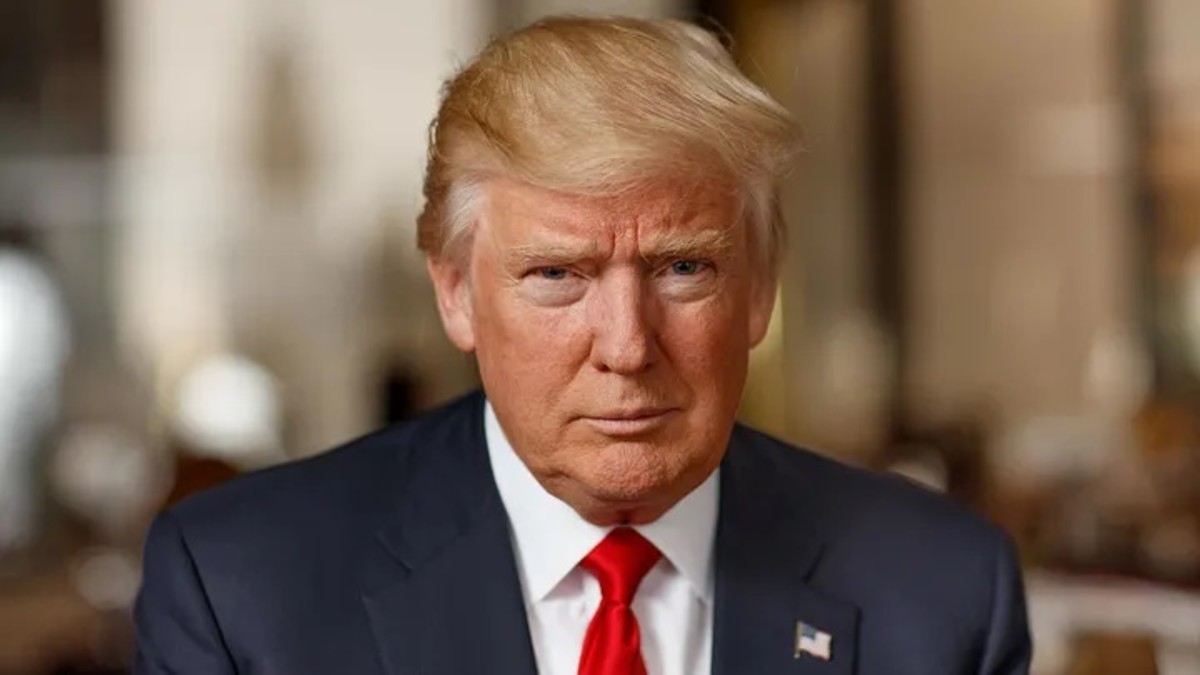Tom Cotton: Patriot or Propagandist?

Tom Cotton’s Image vs. His Impact
Tom Cotton presents himself as a disciplined patriot. He is a Harvard-educated soldier turned senator, committed to national security and American values. However, a closer look at his record reveals a consistent pattern of political theater, emotionally charged messaging, and selective framing of the truth. While he often wraps his policies in the language of duty and patriotism, many of his actions raise deeper concerns. His use of propaganda and culture war tactics appears aimed at consolidating power, suppressing dissent, and diverting attention from systemic problems. Understanding the difference between Cotton’s image and his actual impact is key to making sense of his role in modern American politics.
Politically charged messaging and selective framing of the truth:
“Fact: Super‑lab is just a few miles from that market… Where did it start? We don’t know. But burden of proof is on you & fellow communists. Open up now to competent international scientists.”
— Sen. Tom Cotton, Twitter, February 9, 2020

Tom Cotton’s Path to Power
Tom Cotton’s political identity is built on discipline, education, and military service. These credentials helped him quickly gain national attention, but they also shaped how he frames his positions and opponents.
- Born in Dardanelle, Arkansas, in 1977
- Education: Harvard College (Government), then Harvard Law School
- Military service: Served in Iraq and Afghanistan as an Army infantry officer; awarded a Bronze Star
- First elected: U.S. House of Representatives in 2012, then U.S. Senate in 2014
His rapid rise was fueled by strong conservative support, especially among voters who value military experience and a hardline approach to national security. From the beginning, Cotton positioned himself as a blunt, no-nonsense figure who would challenge not just Democrats but also moderate Republicans.
Support for Using Military Force on American Civilians
“If the governor won’t call in the National Guard, then the president has to federalize them … If they can’t, or they are not allowed to, the National Guard has to be on scene to restore civil order.”
— Sen. Tom Cotton

Using Social Media to Shape Public Perception
Tom Cotton has used platforms like Facebook and Twitter not just to share political views but to amplify unverified claims and shape national narratives. His posts often frame complex issues as moral battles, casting dissent or foreign actors as enemies, even when the evidence doesn’t fully support the message.
These moments reveal how Cotton blends patriotism, fear, and selective framing into messaging that spreads quickly online.
- COVID-19 Lab Leak Theory (2020):
Cotton was among the first public officials to suggest COVID-19 may have been leaked from a Chinese lab. He tweeted about a nearby “super-lab” and stated that China must “prove otherwise.” At the time, scientific consensus dismissed the claim as baseless. His posts helped bring the theory into the mainstream before any evidence supported it. - Blaming China Without Proof:
In interviews and posts, Cotton claimed China “inflicted this virus on the world.” While he later framed it as a rhetorical point, he offered no evidence that the virus was deliberately spread. which is a claim experts say fueled anti-Asian sentiment and misinformation. - Legitimizing Fringe Theories:
According to the Atlantic Council’s DFRLab, Cotton’s tweets helped move a fringe theory into public discourse, giving it undeserved credibility because of his high-profile platform. Experts warned this contributed to confusion during a public health crisis. - Using Emotional Language Strategically:
His posts rarely link to scientific sources. Instead, they often use phrases like “duplicity,” “malevolent,” and “accountability”. An emotionally charged language designed to shift blame and stir outrage.
Framing Democrats as a Threat, Not Fellow Americans
“The left wants illegal aliens to replace Americans so they can turn America into a socialist country. That’s why I stand with President Trump and support deporting every illegal alien. The right level of illegal immigration is ZERO.”
— Tom Cotton, Facebook post 7/28/2025

Reviewing the Rhetoric
In a recent Facebook post, Tom Cotton accused Democrats of trying to “replace Americans” with “illegal aliens” to turn the U.S. into a socialist country. He then claimed the only acceptable level of illegal immigration is “ZERO” and aligned himself with Trump in support of mass deportation. This kind of language isn’t just inflammatory. It’s misleading, fear-driven, and rooted in debunked conspiracy theory.
Breaking Down the Claims:
“The left wants illegal aliens to replace Americans…”
- This echoes the “Great Replacement” theory, a white nationalist conspiracy that falsely claims immigrants are being used to replace native-born Americans.
- Fact check: There is no evidence that Democrats are orchestrating immigration to “replace” anyone. Immigration policy debates span both parties and are grounded in legal, humanitarian, and economic factors.
“…so they can turn America into a socialist country.”
- This links immigration to socialism without any policy-based justification. It’s a rhetorical leap meant to provoke fear, not explain reality.
- Fact check: Most Democratic immigration plans focus on legal pathways, border reforms, and labor protections. Not on changing America’s economic system. Also non-citizens can’t vote in federal elections.
“Support deporting every illegal alien.”
- A call for mass deportation would be economically devastating and logistically impossible. It would disrupt communities and overload legal systems.
- Fact check: The majority of undocumented immigrants have lived in the U.S. for over 10 years, pay taxes, and contribute to local economies. Experts estimate mass deportation would cost $400–600 billion and create widespread humanitarian issues.
“The right level of illegal immigration is ZERO.”
- This claim ignores the reality of global migration, asylum laws, and border enforcement challenges. Zero is a slogan, not a realistic policy.
- Fact check: Even with the Trump administration’s strictest enforcement, illegal immigration never dropped to zero. Managing immigration requires long-term solutions. Not absolutes.

Examining Image and Impact
Tom Cotton has built a public image centered on discipline, patriotism, and national security. These qualities appeal to many voters and have helped him rise quickly through the ranks of American politics. However, his approach to leadership often emphasizes confrontation over collaboration, and messaging over measurable outcomes.
Throughout his time in office, Cotton has frequently used emotionally charged language to frame complex issues in stark, oppositional terms. On social media, he has amplified unverified claims and presented political disagreement as a threat to national stability. His public statements tend to simplify nuanced topics, casting opponents not as fellow Americans with different views, but as harmful actors working against the country’s interests.
This strategy has made him a prominent voice in partisan debates, but it has also raised questions about the role of truth, accountability, and constructive dialogue in public service. At a time when misinformation spreads quickly and division runs deep, elected officials have a responsibility to inform, not inflame.
Understanding the difference between Cotton’s carefully crafted image and the broader impact of his words and actions is essential for voters seeking clarity in a crowded and often confusing political landscape.
Sources:
- Tom Cotton
Tom Cotton. 487,359 likes · 20,825 talking about this. Tom Cotton is a proud husband, father, Army Veteran, and United States Senator for Arkansas. - PolitiFact | Tom Cotton
PolitiFact is a fact-checking website that rates the accuracy of claims by elected officials and others on its Truth-O-Meter. - Immigration & Migration - Research and data from Pew Research Center
Research and data on Immigration & Migration from Pew Research Center - Immigrants & Immigration | Brookings
Access Brookings' rigorous analysis of immigration trends, immigrant integration policies, border security strategies, and the socioeconomic impacts of immigration.








